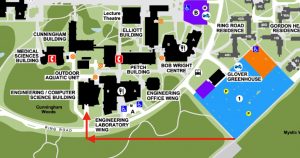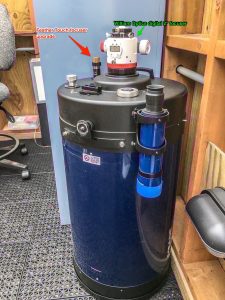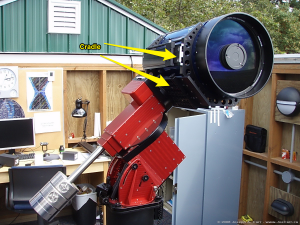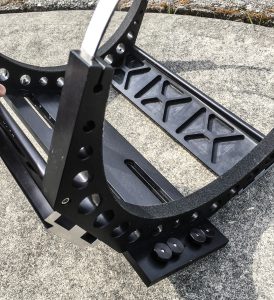By Dr. Joanna Woo
Wednesday June 13th, 2018 at 7:30 PM
In Room 124 Engineering and Computer Science Building, UVic
Please note the Room Change
Galaxies are vast collections of stars that evolve over billions of years. From surveys of a hundreds of thousands of galaxies, we can see that they fall into roughly two categories: those that are alive and forming new stars, and those that are dead, or no longer forming new stars. Gas is the fuel for star formation, and there is plenty of it in the universe constantly falling into galaxies, so why have some galaxies simply stopped turning gas into stars? This cessation of star formation, called “quenching”, is one of the biggest puzzles of galaxy evolution. Drawing upon my own research, I will give an overview of the different theories explaining the death of galaxies and what the observational evidence tells us.
Dr. Joanna Woo writes: I am an astrophysicist with a focus on galaxy evolution using a variety of cutting-edge observational and theoretical tools. While studying for a B.Sc. in Physics and Astronomy from UBC, I established and became the president of the UBC Astronomy Club which is still active to this day. I also held a part time job at the H. R. MacMillan Space Centre. Being the adventurous type, I decided to pursue graduate studies at the Hebrew University in Jerusalem, receiving my Ph.D. in 2014. Along with a rigorous physics education, I picked up two languages (Hebrew and Arabic). I then spent four years at the Institute for Astronomy of ETH Zurich, where, along with exciting research, I learned the basics of Swiss German. I am thrilled to be back in Canada where I am a postdoctoral researcher at UVic. (I am now trying to improve my French.)



